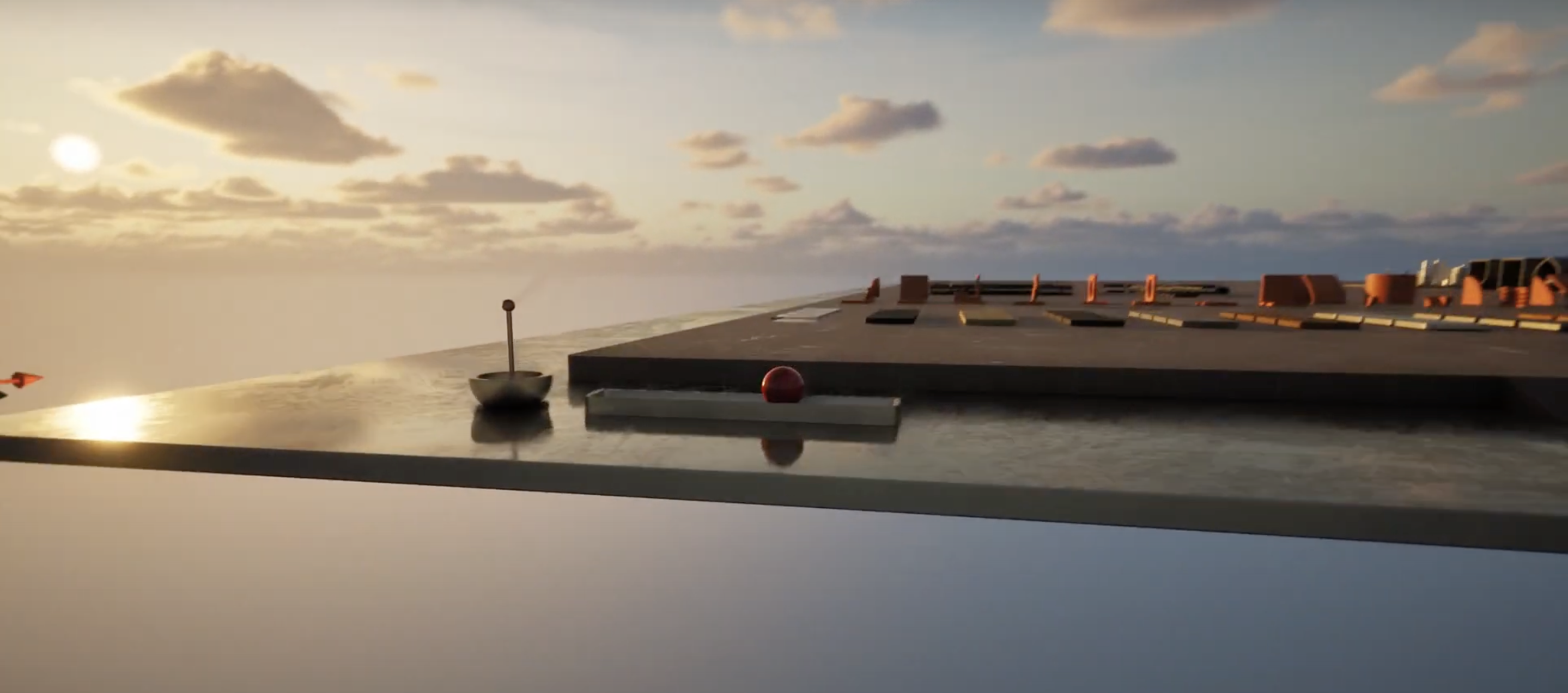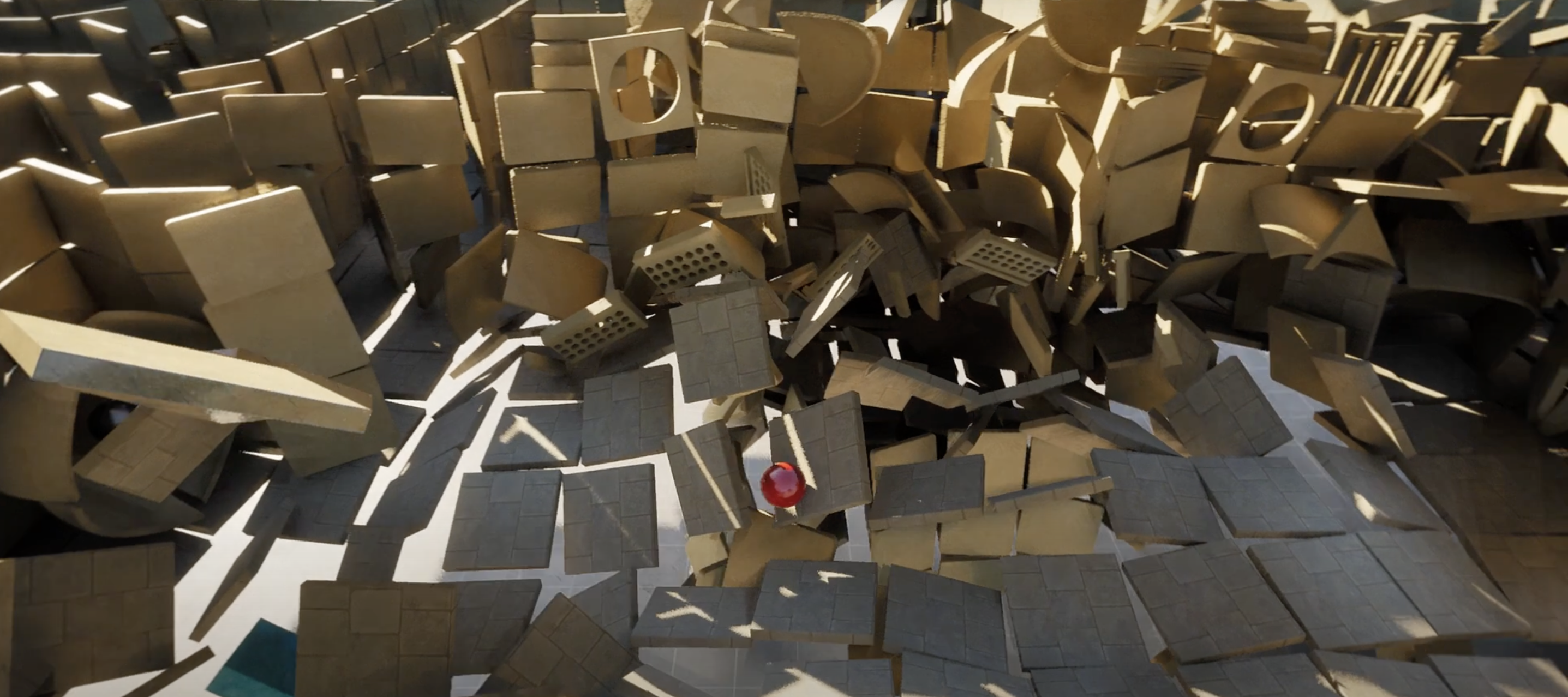Introduction to Will Scarlett
I’m thrilled to introduce Will Scarlett, an inspiring thinker and collaborator whose insights have significantly contributed to the trajectory of Eshraq’s conceptual and philosophical development. Over the past few months, Will and I have engaged in deep conversations about immaterialism, immersion, and the complex ontologies that inform Eshraq’s framework. These exchanges have been profoundly generative, opening new forms of exploration and understanding. Now, as Eshraq continues to evolve, it feels essential to incorporate Will’s thought-provoking contributions directly into this devlog.
Bridging Intermediate Realms - Written by Will Scarlett
Speaking in generalities always carries risks. The universalizing impulse has produced some of the most destructive, homogenizing events in history. But when used as a framing device, it can become a means of drawing connections rather than asserting universal knowledge. The gamble is whether those connections might allow us to move beyond our individual perspectives and share in something greater than ourselves.
When Shahab al-Din Suhrawardi theorized about ʿālam al-mithāl – the world of imaginal forms – as an intermediate space of subtle bodies between spiritual and material worlds, he meant it as a universal aspect of reality. The Illuminationist philosophy he expressed in Hikmat al-Eshraq is based on an even more universal claim: that the cosmos itself is entirely composed of light.
Suhrawardi was not afraid to make such vast statements, which were steeped in religious and philosophical tradition and aligned to some degree with the theological realities of his era. Even so, they still led to his execution in 1191. These ideas continued to influence various schools of Islamic thought after his death, and appeared centuries later in Henry Corbin’s writings on the mundus imaginalis, as well as in the virtual models of Eshraq.

To say that Eshraq is equivalent to ʿālam al-mithāl would be to elevate a human-made simulation to divine status. At the same time, it would reduce what Suhrawardi and many others consider to be a transcendent realm preceding the material world to a fleeting series of digital images. As Corbin warns, “the mundus imaginalis has nothing to do with what the fashion of our time calls ‘the civilization of the image’” (8). Corbin predicted that superficial comparisons would emerge between the imaginal world and the abundance of artificial images surrounding us. While the resonances between the virtual and imaginal raise questions and potentials that we feel are worth exploring, we hear his concern.
To say, on the other hand, that Eshraq aspires to enter a similar space or perform a similar activity to the concept ʿālam al-mithāl assumes, rather than an identity, that they may share certain aspects in common. For Suhrawardi, ʿālam al-mithāl is a realm of visionary experience that, instead of appearing solely in the subject’s imagination, has an objective existence of its own. As nā-kojā-ābād, a “nowhere land” beyond the margins of the physical world, humans can enter and interact directly with this world of spiritual forms.
The virtual models of Eshraq present an analogous world of images, which appears as an immersive nowhere land in its players’ conscious experience, while also existing autonomously through its computational design. Eshraq is composed of virtual forms that players can encounter as a series of spatial and architectural mirages, which coalesce into a simulated realm suspended between the material and immaterial.

The essential differences between ʿālam al-mithāl and Eshraq are clear and shouldn’t be overlooked – yet their correspondences seem to draw us further into the space of their presence. We could define them together as intermediate realms distinct from pure abstraction on one side and tangible matter on the other, while still possessing qualities of both. Whereas ʿālam al-mithāl mediates a higher spiritual existence and Eshraq mediates a computational framework, both appear as intermediate realms in relation to the same physical world. The imaginal and virtual are forms through which hidden dimensions reveal themselves to material beings transported into one of these intermediate realms.
With Eshraq, we are exploring ways to bridge the gap between intermediate realms. Without creating an equivalence between the spiritual and computational, or the imaginal and virtual, we can approach both as attempts to move outside the limits of the material world. After all, the term ʿālam al-mithāl is itself a concept, a human construction, even if divinely inspired. And we shouldn’t rule out the possibility for certain virtual models – in an analogous way to sacred images, objects, and architecture – to open connections with some kind of immaterial elsewhere.
In this sense, ʿālam al-mithāl and Eshraq could be thought of as structures for reaching beyond the mundane and entering a transcendent space. What this space may be remains an open question. By aspiring toward it through Eshraq, we aren’t intending to secularize it, but are perhaps untethering it from any particular theology. Our gamble is that we can connect ʿālam al-mithāl with Eshraq in such a way that these intermediate realms illuminate each other, inviting this transcendent space into a slightly fuller presence in our world.
Sources
- Henry Corbin, “Towards a Chart of the Imaginal”